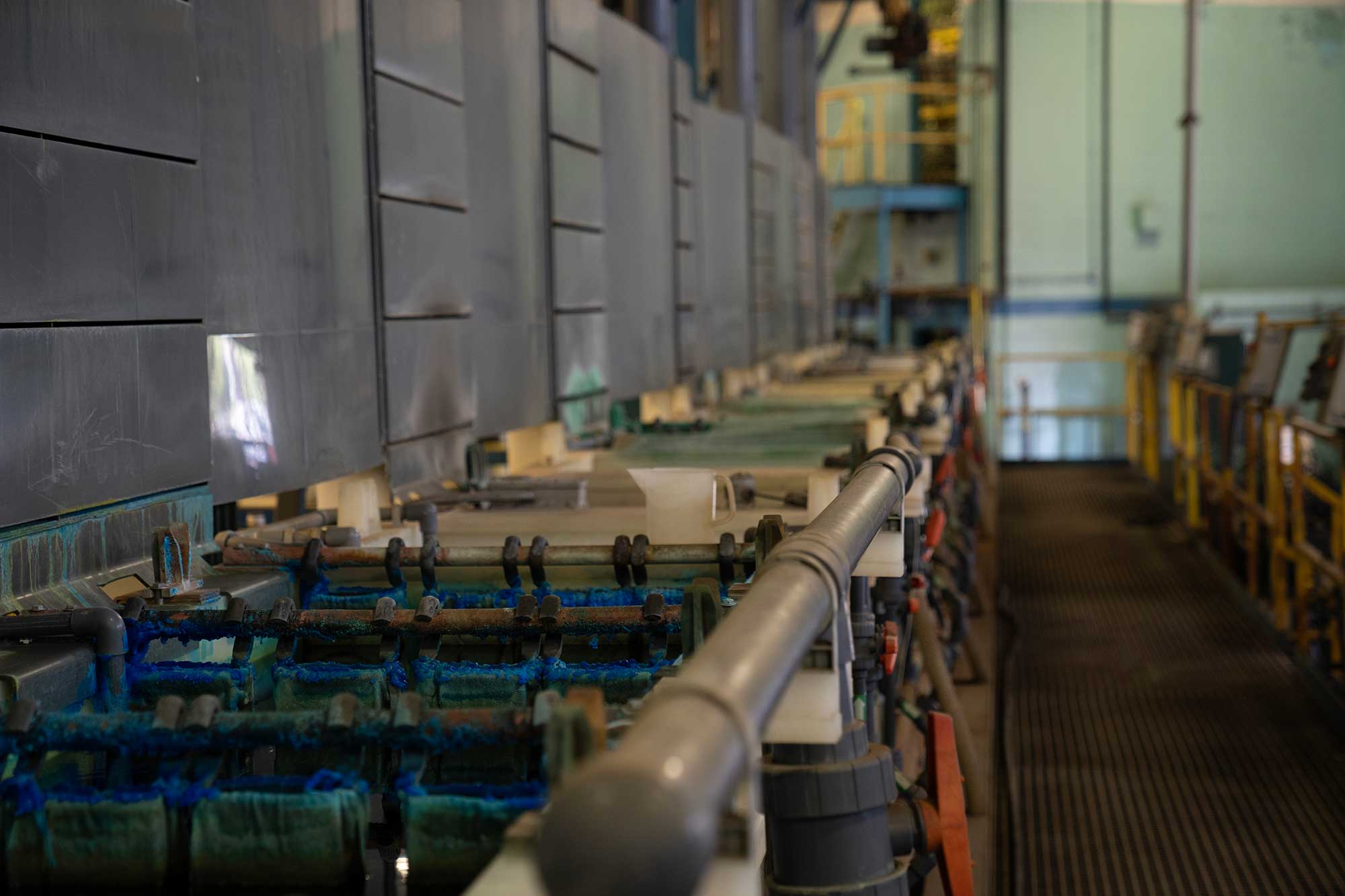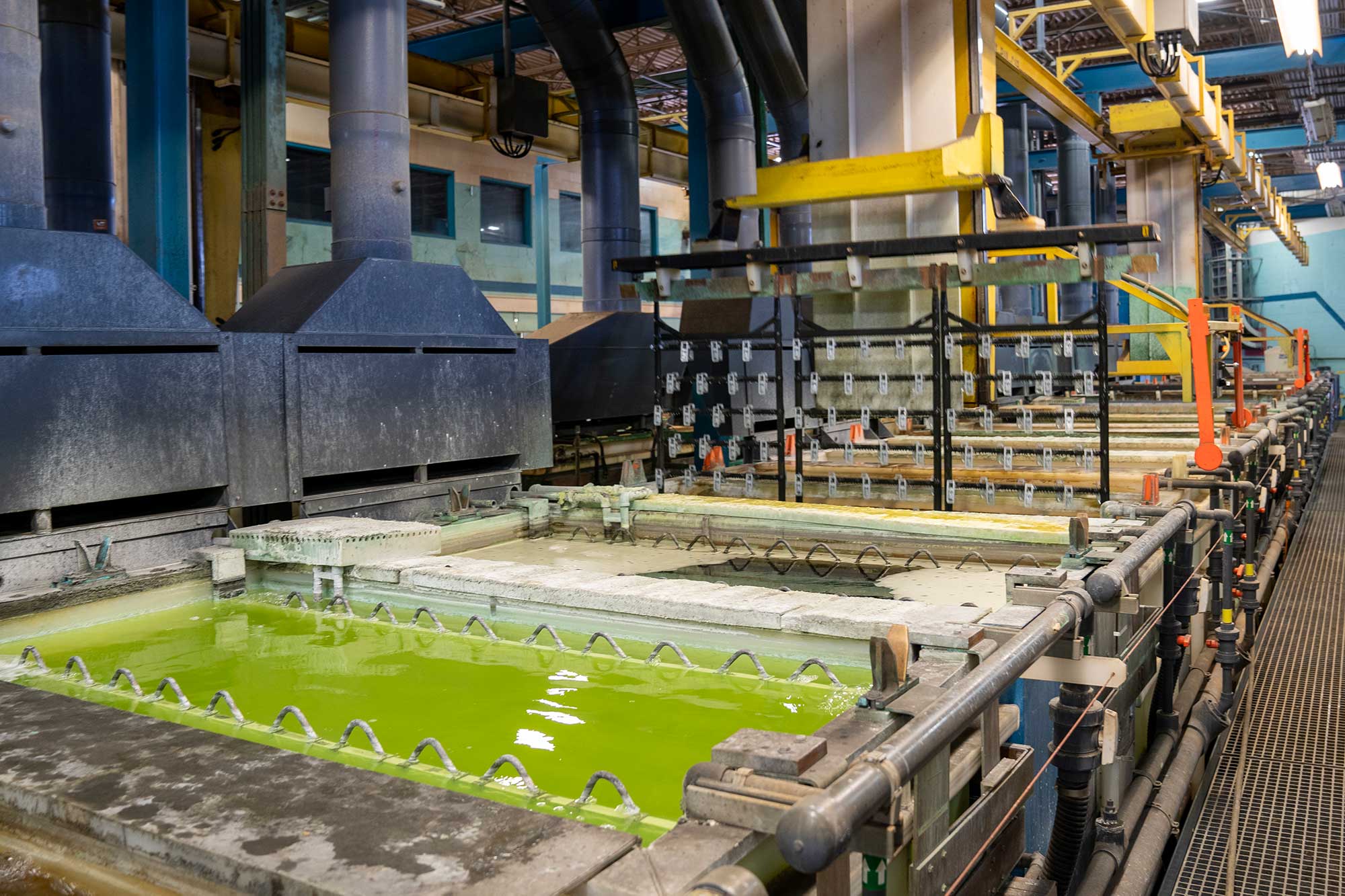Welcome to Crown Plating in Cleveland, Ohio! In the industry of metal plating, two primary methods stand out: electroplating and electroless plating. Each technique has its own set of advantages and disadvantages, and we are going to explore the key differences between them. Whether you’re a local manufacturer, artist or enthusiast, understanding these processes will help you make informed decisions regarding your business’ needs.
1. Electroplating: Precision and Thickness Control
Pros: Electroplating is a precise method that allows for fine control over the thickness of the plated layer. It’s excellent for creating even coatings on intricate or detailed surfaces. This method is widely used in the automotive and aerospace industries, where accuracy and consistency are crucial.
Cons: Electroplating typically requires a conductive surface and an electric current, which can limit its application on certain materials. It also involves the use of potentially hazardous chemicals in the plating bath, which may raise environmental concerns and require careful management.

2. Electroless Plating: Uniform Coatings and Versatility
Pros: Electroless plating is a versatile process that doesn’t rely on electrical current or conductive surfaces. It can coat a wider range of materials and complex shapes, making it ideal for industries like electronics and plastics. The process also yields uniform coatings, ensuring consistent results.
Cons: Electroless plating may have limited control over coating thickness compared to electroplating. This can be a disadvantage in applications where precise layer thickness is critical. Additionally, the chemicals used in electroless plating can be more complex to manage, and waste disposal may require additional attention.
3. Cost Considerations
Pros: Electroless plating often requires fewer initial setup costs since it doesn’t rely on electrical connections and specialized equipment. Electroplating, on the other hand, may have higher startup costs due to the need for rectifiers and more complex infrastructure.
Cons: Despite lower initial costs, the ongoing maintenance and replenishment of chemicals in electroless plating processes can lead to higher operational costs over time. Electroplating, with its precise control and well-established procedures, may have lower long-term expenses.
4. Application Specificity
Pros: Electroplating is favored in industries that require specific plating thickness, like the automotive and aerospace sectors. Electroless plating is well-suited for more diverse applications, including decorative finishes, corrosion resistance and solderability in electronics.
Cons: If you choose the wrong plating method for your application, you may not achieve the desired results. It’s essential to carefully consider your project’s needs and consult with plating experts to select the most suitable process.
Both electroplating and electroless plating have their unique advantages and limitations. The choice between the two should be based on your specific requirements, project goals and environmental considerations. Crown Metal Plating Cleveland, Ohio, offers both electroplating and electroless plating services to cater to a wide range of local industries. If you have questions or need assistance in making the right selection for your plating needs, please don’t hesitate to reach out to our experts. We’re here to help you achieve the best possible results for your projects.



 Powered by
Powered by